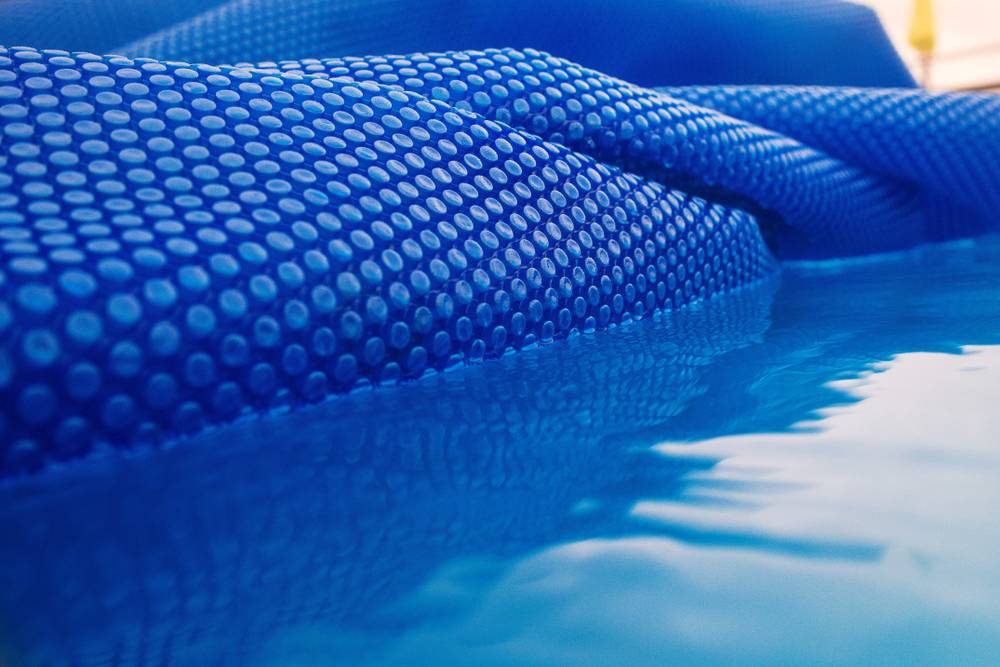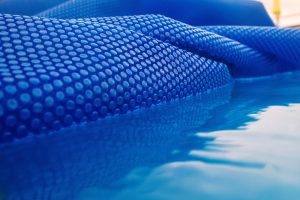Hello!
I'm trying to find my way through the multitude of info on the Internets, I am not sure what is legit, what isn't. I intend on maintaining my own SWG pool. This site and PoolMath seem popular enough for me to trust it. I frequently come across other sources of info live Swim University (good, bad?)
A couple of things I am confused about
PoolMath app says:
Calcium Hardness target between 250 - 650 (650????)
CYA target beween 60 - 90 ppm
Free Chlorine target between 1 - 3 ppm
Alkalinity target between 50 - 90 ppm
no suggested salt target (why?)
SwimU Salt Water sheet or videos:
CYA 30 - 50 ppm (from video)
calcium hardness 200 - 275ppm (from video)
Free Chlorine ideal 3ppm (videos mention range of 2 - 5ppm)
Alkalinity 100 - 150 ppm
Salt level 3200ppm
What is right? Mainly, how are the suggestions for calcium hardness, alkalinity, CYA so far off?
I'm trying to find my way through the multitude of info on the Internets, I am not sure what is legit, what isn't. I intend on maintaining my own SWG pool. This site and PoolMath seem popular enough for me to trust it. I frequently come across other sources of info live Swim University (good, bad?)
A couple of things I am confused about
PoolMath app says:
Calcium Hardness target between 250 - 650 (650????)
CYA target beween 60 - 90 ppm
Free Chlorine target between 1 - 3 ppm
Alkalinity target between 50 - 90 ppm
no suggested salt target (why?)
SwimU Salt Water sheet or videos:
CYA 30 - 50 ppm (from video)
calcium hardness 200 - 275ppm (from video)
Free Chlorine ideal 3ppm (videos mention range of 2 - 5ppm)
Alkalinity 100 - 150 ppm
Salt level 3200ppm
What is right? Mainly, how are the suggestions for calcium hardness, alkalinity, CYA so far off?



